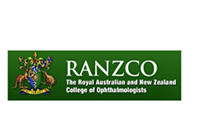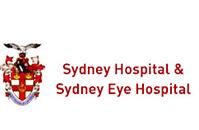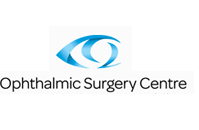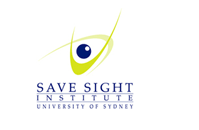Diabetic Retinopathy
Diabetes is a chronic disease in which your blood glucose or sugar levels are very high. Uncontrolled levels pose a risk to associated heart, kidney, and eye disorders. People with diabetes may develop three major eye problems – glaucoma, cataract, and retinopathy. The early symptom of all these disorders is blurred vision. High blood sugar causes swelling of the lens in the eye, distorting the ability to focus clearly. Retinopathy is the most common eye disease associated with diabetes, and is one of the leading causes of blindness in adults.
Diabetic retinopathy is a disease which damages the tiny blood vessels in the retina (the light-sensitive tissue at the back of the eye). Having diabetes for a long time increases the chances of developing diabetic retinopathy.
There are three main types of retinopathy in diabetes, including:
- Background retinopathy: blood vessels are damaged, but vision is not affected.
- Maculopathy: the macula (centre of the retina) is damaged. This significantly reduces your vision.
- Proliferative retinopathy: new blood vessels may grow from damaged blood vessels when the eye is deprived of oxygen. These new vessels are fragile and can bleed easily.
Your chances of developing diabetic retinopathy increase with the following factors:
- Long duration and poor control of diabetes
- High cholesterol
- High blood pressure
- Pregnancy
- Tobacco
High levels of sugar in your blood from diabetes can cause damage to the blood vessels supplying the retina and loss of sight when the vessels become blocked and blood supply is cut off. In response, the eye grows new vessels, but these do not develop properly, and can leak and cause vision loss. Scar tissue can also form, pulling the retina and causing it to detach.
The early stages of the disease do not show any symptoms; but as the condition worsens you may have blurred vision, spots or dark shapes floating in your vision (floaters), lowered night vision, or temporary or permanent blindness.
Your doctor will diagnose diabetic retinopathy using the following methods:
- Dilated eye exam is a good diagnostic tool for retinopathy. Drops will be placed in your eye to dilate your pupils. This will help your doctor look for the presence of cataract, abnormal or new blood vessels, swelling, blood or fat deposits in the retina, scar tissue and retinal detachment.
- Tests for vision and eye pressure may be performed.
- Fluorescein angiography may be performed, in which a special dye is injected into a vein in your arm and images of the blood vessels are taken as the dye circulates into the eye. This will show the blood vessels that are broken, leaking or blocked.
- Optical coherence tomography takes sectional images of the retina to determine leakage into the retinal tissue.
Diagnosis is critical, because if it remains undetected, diabetic retinopathy can eventually lead to blindness.
Treatment is decided based on the type and severity of the disease, and your response to prior treatment. Non-proliferative diabetic retinopathy may not require immediate treatment. Maintenance and control of blood sugar levels can prevent progression to more serious stages of retinopathy. However, severe cases may require surgery. The procedures include:
- Focal laser treatment: A laser is used to burn abnormal vessels to stop or slow down blood leakage.
- Scatter laser treatment: A laser is used to burn, shrink and scar abnormal vessels.
- Vitrectomy: Scar tissues pulling the retina and blood leakage are removed and replaced with a salt solution to maintain the shape of the eye.
Treatment can slow down the progression of the disease, but is not a cure as the underlying cause, diabetes, is a lifelong condition. Regular monitoring of the condition of the eye is important and additional treatment may be required.







